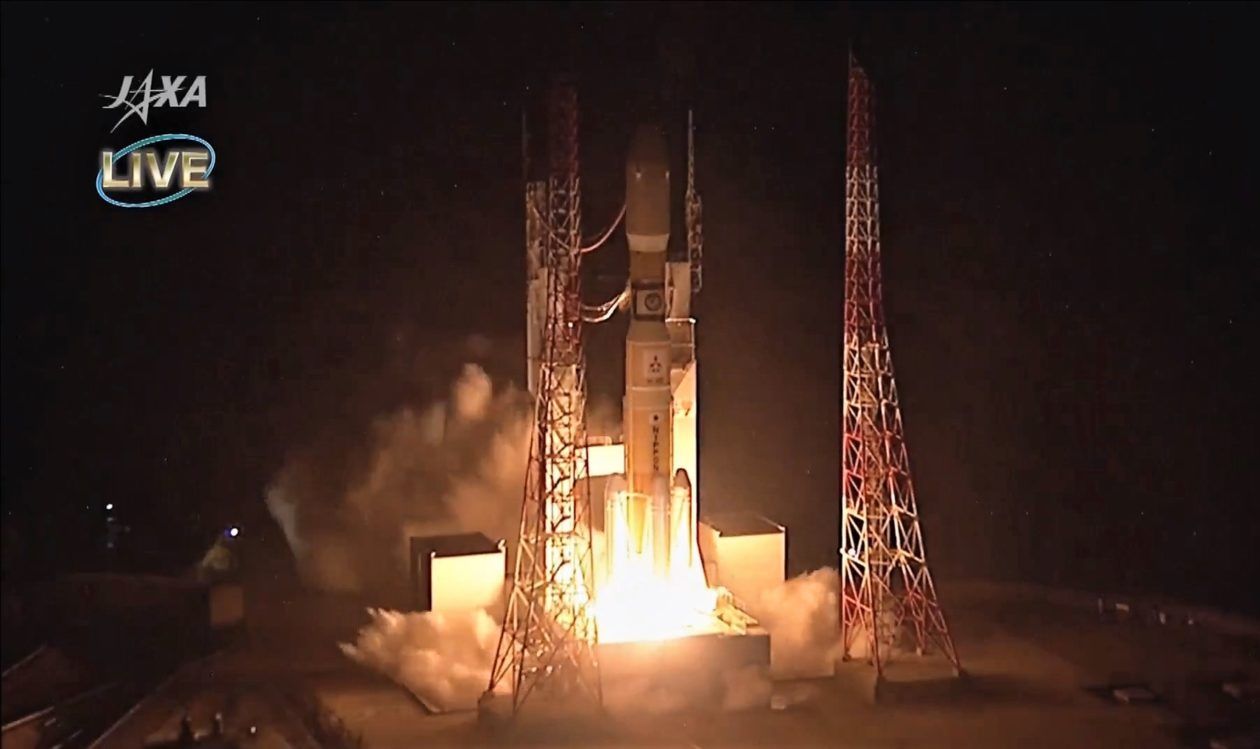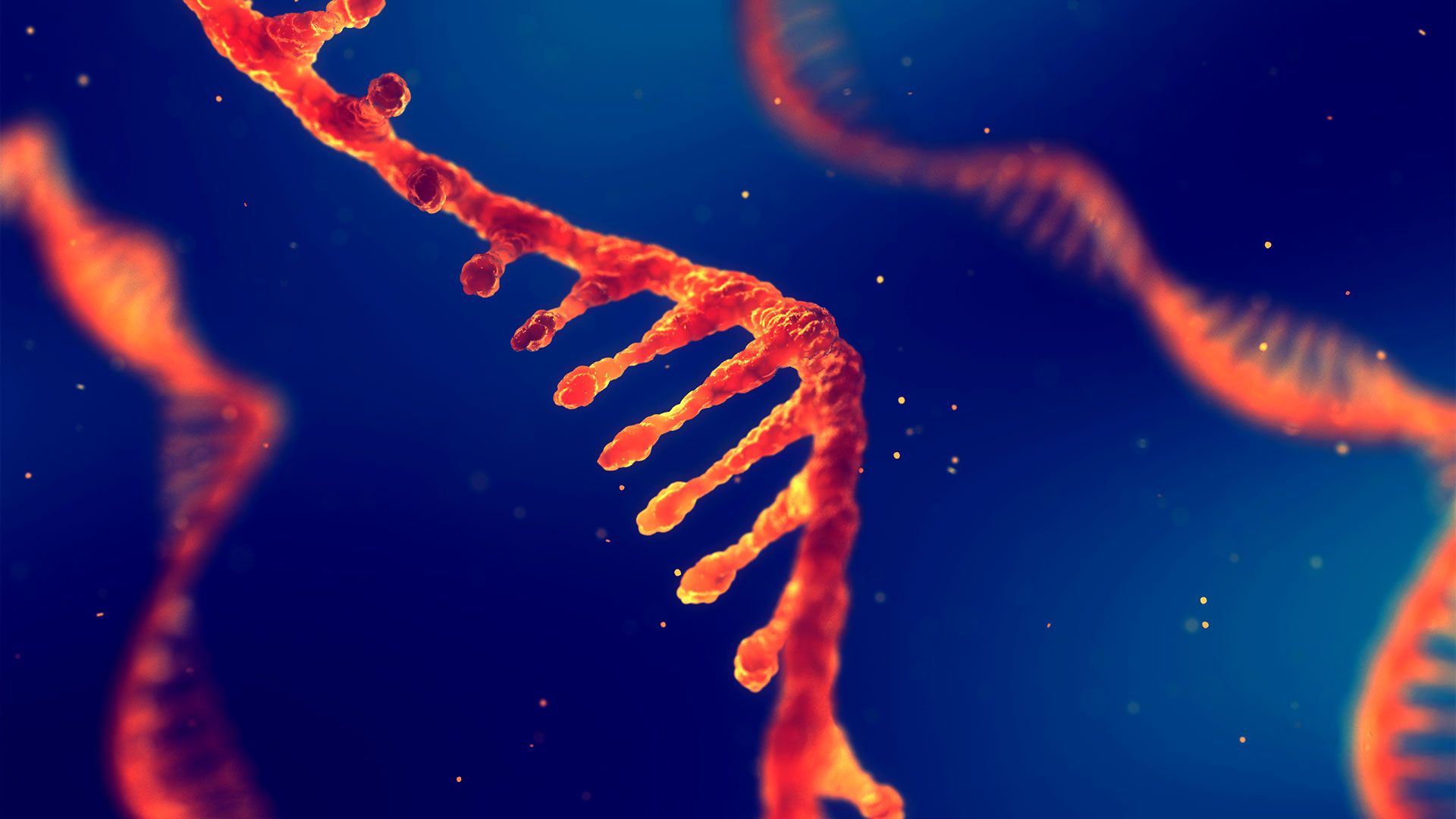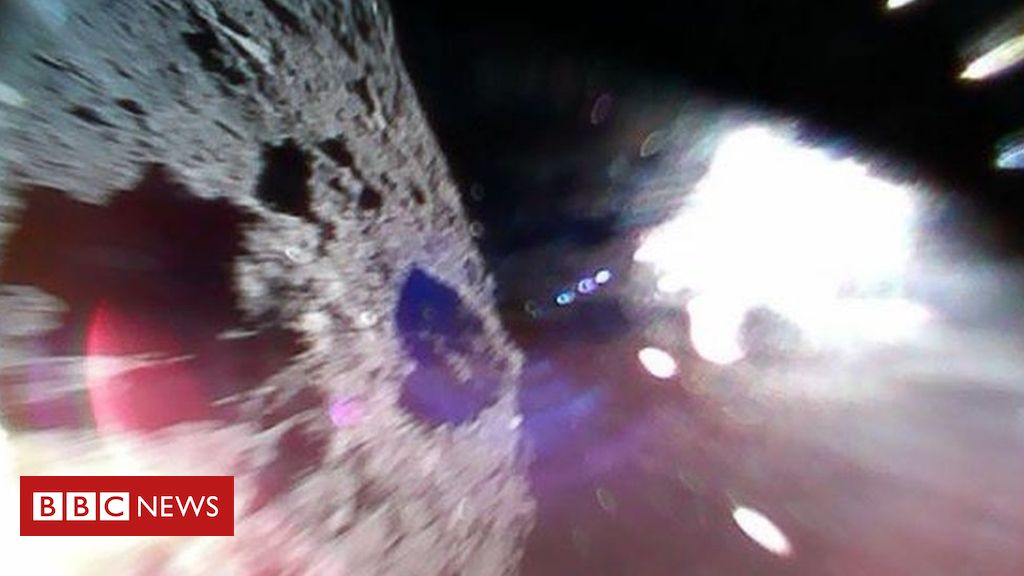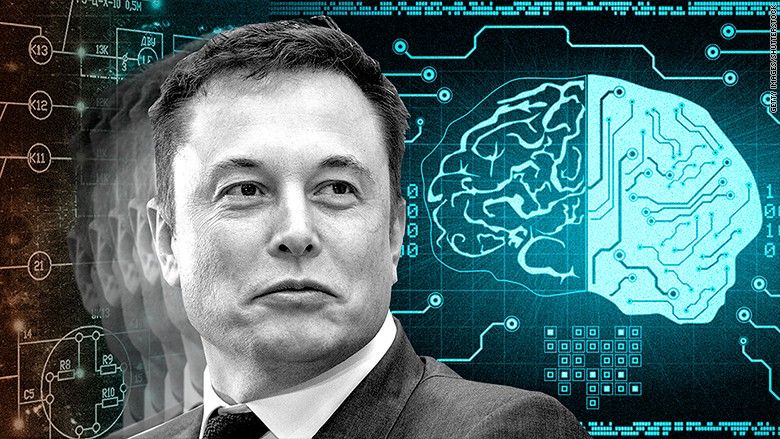Page 9199
Sep 23, 2018
Internet will ‘split in two’ by 2028 with one half led China, claims former Google CEO Eric Schmidt
Posted by Michael Lance in category: internet

‘One half will be led by the US and the other by China’
The views expressed in the contents above are those of our users and do not necessarily reflect the views of MailOnline.
Sep 22, 2018
These Wireless Earbuds Completely Embarrass Apple’s AirPods
Posted by Genevieve Klien in category: futurism
In addition, they sound way better. Inside the completely wireless earbuds, there’s an 8mm custom dynamic driver that blows other headphones’ sound quality out of the water, and as for battery life, you’ll get three hours of it from these buds on a single charge, and the sleek carrying case holds an extra six charges on top of that.
The Axum Gear True Wireless Earbuds usually retail for $299.99. Great headphones don’t come cheap. For a limited time, though, we’ve found them on sale for an insane $149.99. That’s right: they’re exactly the same price as the AirPods right now. It’s clear who the winner is.
Inverse may receive a portion of sales from the post above, which was created independently from Inverse’s editorial and advertising team.
Technology advancements and cost reductions have driven wind power down to 2 cents per kwh. This is from the annual report released by the U.S. Department of Energy and prepared by Lawrence Berkeley National Laboratory (Berkeley Lab).
Sep 22, 2018
‘Deep Creep’ Movement Near San Andreas, San Jacinto Faults Explains Unusual California Earthquakes
Posted by Genevieve Klien in category: futurism
Scientists discovered a strange movement deep below the Earth’s surface near California’s biggest fault lines.
Geoscientists who analyzed thousands of small earthquakes that occurred near the San Bernardino basin near California’s San Andreas and San Jacinto faults discovered a strange and unexpected type of movement 10 km below the Earth’s surface.
Researchers think that the movement, known as “deep creep,” could be behind the unusual earthquake formations recorded in the region over the past 36 years.
Sep 22, 2018
Japan launches robotic cargo spaceship to space station with supplies and science
Posted by Genevieve Klien in categories: robotics/AI, science, space, transportation

News Brief: The Japan Aerospace Exploration Agency today launched a robotic cargo ship to the International Space Station, filled with more than five tons of supplies, equipment and experiments. Liftoff of Japan’s H-IIB rocket from the Tanegashima Space Center came at 2:52 a.m. JST Sept. 23 (10:52 a.m. PT Sept. 22). Minutes later, the HTV-7 cargo carrier (also known as Kounotori-7) separated from the rocket, heading for a Thursday rendezvous with the space station. Among the cylindrical craft’s payloads are new hardware to upgrade the station’s electrical power system, an experiment to study protein crystal growth at low temperatures, a life-sciences glovebox and an experimental sample return capsule.
Sep 22, 2018
They Made It! Japan’s Two Hopping Rovers Successfully Land on Asteroid Ryugu
Posted by Genevieve Klien in category: space
JAXA announced Saturday (Sept. 22) that two tiny hoppers had made it safely onto the surface of the asteroid Ryugu.
Sep 22, 2018
If We Made Life in a Lab, Would We Understand It Differently?
Posted by Mike Ruban in categories: bioengineering, biotech/medical, evolution, nanotechnology
Only time will tell what new forms life will take.
Joyce seeks to understand life by trying to generate simple living systems in the lab. In doing so, he and other synthetic biologists bring new kinds of life into being. Every attempt to synthesize novel life forms points to the fact that there are still more, perhaps infinite, possibilities for how life could be. Synthetic biologists could change the way life evolves, or its capacity to evolve at all. Their work raises new questions about a definition of life based on evolution. How to categorize life that is redesigned, the product of a break in the chain of evolutionary descent?
An origin story for synthetic biology goes like this: in 1997, Drew Endy, one of the founders of synthetic biology and now a professor of bioengineering at Stanford University in California, was trying to create a computational model of the simplest life form he could find: the bacteriophage T7, a virus that infects E coli bacteria. A crystalline head atop spindly legs, it looks like a landing capsule touching down on the Moon as it grabs onto its bacterial host. The bacteriophage is so simple that by some definitions it is not even alive. (Like all viruses, it depends on the molecular machinery of its host cell to replicate.) Bacteriophage T7 has only 56 genes, and Endy thought it might be possible to create a model that accounted for every part of the phage and how those parts worked together: a perfect representation that would predict how the phage would change if any one of its genes were moved or deleted.
Continue reading “If We Made Life in a Lab, Would We Understand It Differently?” »
Sep 22, 2018
Japan’s rovers send pictures from asteroid
Posted by Alberto Lao in categories: robotics/AI, space travel
Hayabusa-2:! Japan’s space agency (JAXA) has made history by successfully landing two robotic explorers on the surface of an asteroid. The two small “rovers”, which were despatched from the Hayabusa-2 spacecraft on Friday, will move around the 1km-wide space rock known as Ryugu. The asteroid’s low gravity means they can hop across it, capturing temperatures and images of the surface. “Both rovers are in good condition,” the agency confirmed on Saturday…here: https://www.bbc.com/news/science-environment-45598156
Pictures have emerged from the surface of an asteroid after Japan landed two robotic rovers on it.
Sep 22, 2018
Reverse-Engineering Technologists’ Brains
Posted by Ankur Bargotra in categories: bitcoin, engineering, internet, robotics/AI
Should we trust technology experts? We live in times of incredible innovations and impressive complexity. The last 30 years of technological development overturned our society, and the next 30 will likely reshape the foundations of what it means to be human. Machines have been the wealth engines of our industrial modernity, while data control and artificial intelligence will structure the power battlefields of this century.
It’s not hard then to understand why technologists, computer scientists, engineers, tech-entrepreneurs, IT experts, data analysts, etc — dress the status of champions in our age. They are shipping us into the wonders of Web 3.0, Industry 4.0, 5G communications, the blockchain transition, the G (eneticengineering). R (obotics). AI. N (anotechnologies) Revolution…and another thousand of cryptic acronyms forbidden to ordinary mortals.
We are flooded with tech-narratives. Let’s start by playing with our imaginations. What does naturally come to your mind if I say:
Continue reading “Reverse-Engineering Technologists’ Brains” »
















